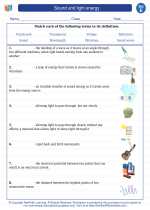Immune Response
The immune response is the body's defense mechanism against harmful pathogens, such as bacteria, viruses, and parasites. It is a complex system that involves the coordination of various cells, tissues, and organs to identify and eliminate foreign invaders.
Types of Immune Response
There are two main types of immune responses: innate and adaptive.
Innate Immune Response
The innate immune response is the body's first line of defense. It includes physical barriers such as the skin and mucous membranes, as well as non-specific cellular and molecular responses that are rapidly activated upon encountering a pathogen. These responses include inflammation, phagocytosis by macrophages, and the release of antimicrobial proteins.
Adaptive Immune Response
The adaptive immune response is a more specific and targeted response that develops over time. It involves the activation of lymphocytes (T cells and B cells) and the production of antibodies to recognize and eliminate specific pathogens. This type of response also leads to the development of immunological memory, providing long-term protection against recurring infections.
Key Components of the Immune System
The immune system is comprised of various components that work together to mount an effective immune response.
White Blood Cells
White blood cells, also known as leukocytes, play a crucial role in the immune response. There are different types of white blood cells, including neutrophils, monocytes, macrophages, T cells, and B cells, each with specific functions in combating infections.
Antibodies
Antibodies, also called immunoglobulins, are proteins produced by B cells that recognize and bind to specific antigens present on pathogens. This binding marks the pathogens for destruction by other immune cells or molecules.
Cytokines
Cytokines are signaling molecules that regulate the immune response by facilitating communication between immune cells. They can stimulate the activation, proliferation, and differentiation of immune cells, as well as modulate the inflammatory response.
Immune Response Process
The immune response involves a series of coordinated steps to eliminate pathogens from the body.
Recognition of Pathogen
Immune cells recognize the presence of pathogens through the detection of specific molecules called antigens, which are unique to each type of pathogen.
Activation of Immune Cells
Upon recognition of a pathogen, immune cells become activated and start to multiply, leading to an increased number of cells capable of targeting the invading pathogen.
Elimination of Pathogen
Effector immune cells, such as T cells and macrophages, work together to eliminate the pathogen through various mechanisms, including phagocytosis, release of toxic molecules, and activation of cell death pathways in infected cells.
Resolution and Memory
Once the pathogen is cleared, the immune response is resolved, and memory cells are generated to provide long-term immunity against future encounters with the same pathogen.
Study Guide
- Describe the differences between innate and adaptive immune responses.
- Explain the roles of different types of white blood cells in the immune response.
- Discuss the process of antibody production and their function in the immune response.
- Define cytokines and their role in regulating the immune response.
- Outline the steps involved in the immune response process, from pathogen recognition to resolution and memory.
◂Science Worksheets and Study Guides Fifth Grade. Sound and light energy
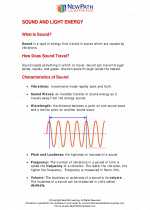
 Activity Lesson
Activity Lesson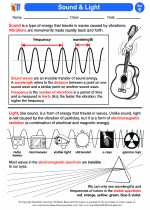
 Worksheet/Answer key
Worksheet/Answer key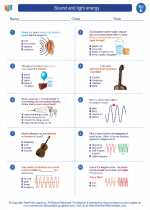
 Worksheet/Answer key
Worksheet/Answer key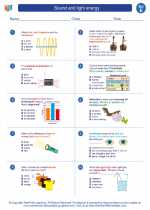
 Worksheet/Answer key
Worksheet/Answer key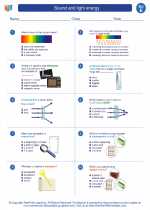
 Worksheet/Answer key
Worksheet/Answer key
 Vocabulary/Answer key
Vocabulary/Answer key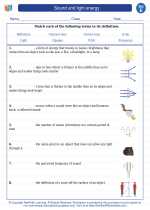
 Vocabulary/Answer key
Vocabulary/Answer key